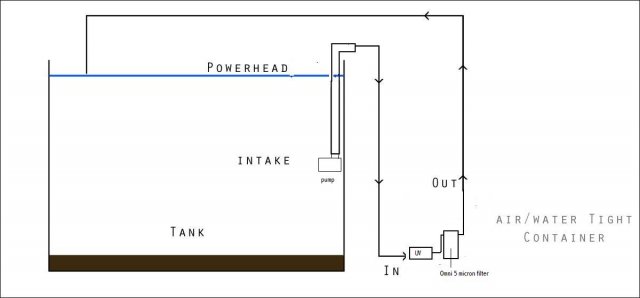CWO4GUNNER
USN/USCG 1974-2004 Weps
Well trying it both ways will only result in learning something about the way water and filters work, which is the best way to learn. But I can tell you that you will notice a huge difference using one method VS the other and as a result chose the best one naturally.
Oh and I realize that the brown stuff is the sub-strait not brown water. If you were a teacher your students would never forget an answer LOL.
Oh and I realize that the brown stuff is the sub-strait not brown water. If you were a teacher your students would never forget an answer LOL.



